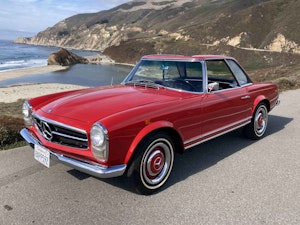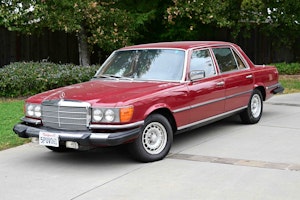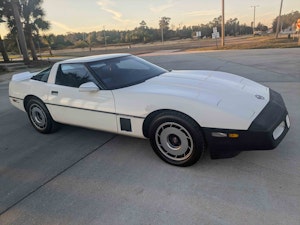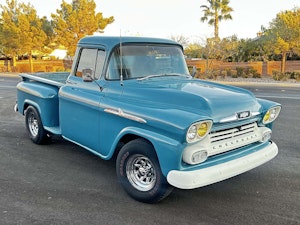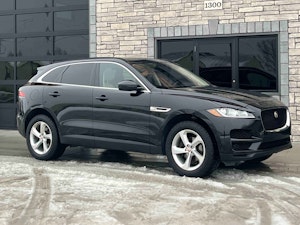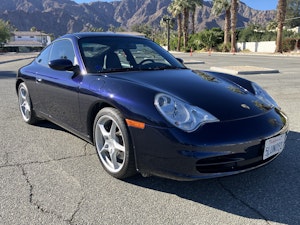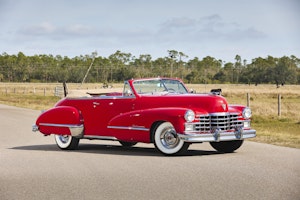Media | Articles
Insider Insight: How to spot an outlier
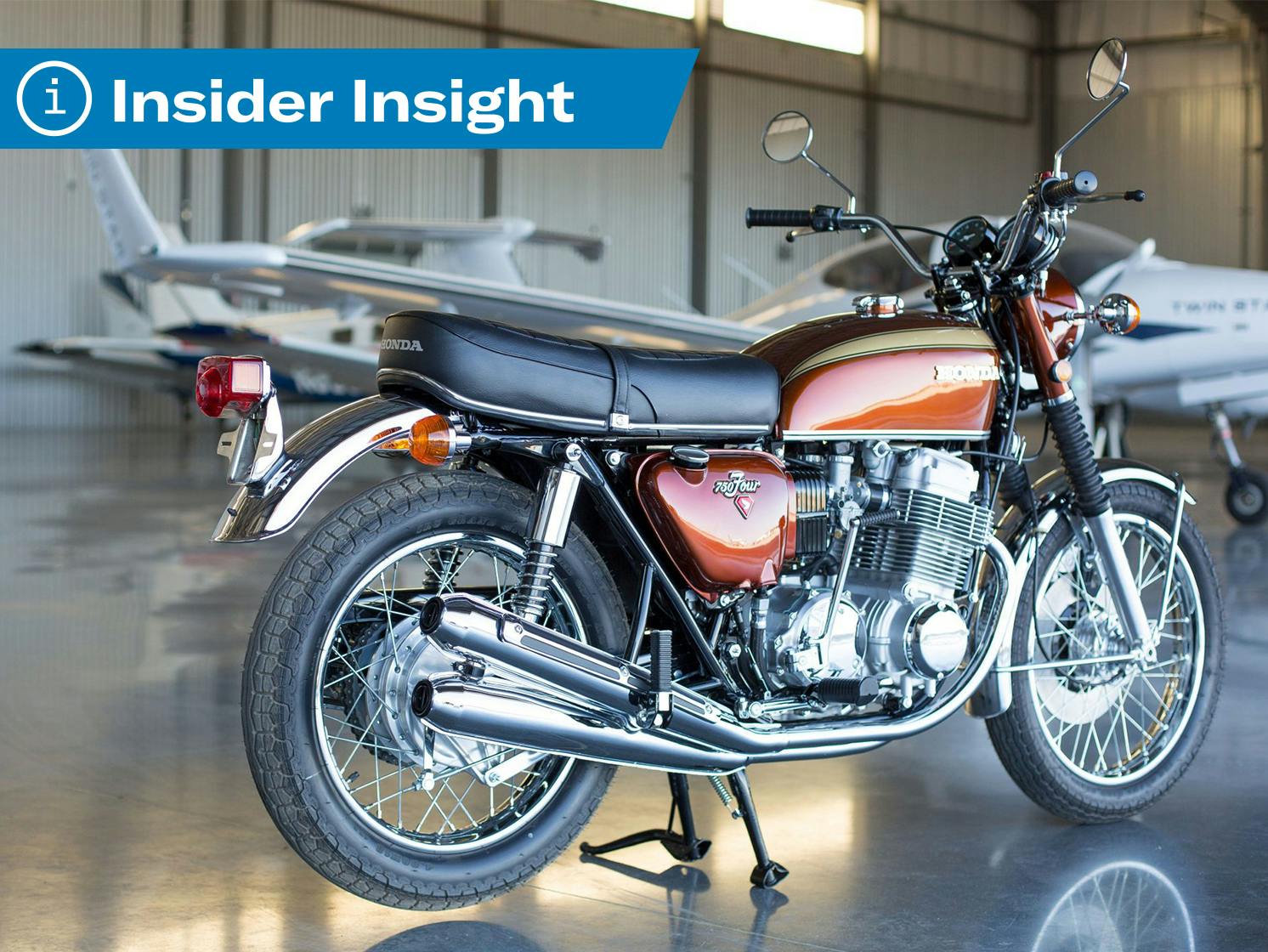
A classic vehicle is worth exactly as much as someone is willing to pay for it, the adage goes. But what if that someone is willing to pay far above and beyond what anyone has paid before? How do we determine whether that price indicates a changing market or is simply an outlier?
The most obvious yet critical factors have to do with the nitty gritty details of the vehicle itself: Condition, equipment, originality. The Datsun 240Z that went for $310K on Bring a Trailer is a very different beast from the Z you might encounter at a local cars and coffee. That’s why, in our pricing guide, we break down the condition rating (#1–4) and often call out key options. In a steady market with many transactions, most sales for each condition rating (#1–#4) will fall in a band. We can see outliers popping up over time, and they are expelled as market value comparisons because of other sales within the band:
But what about when the entire market is moving? How do you determine what’s an outlier when sales are all over the place, when a record was set yesterday that was double the record set a few months before? Welcome to some corners of the collector vehicle world today. Asset purchases and values are crazy right now. The average home price in January was up nearly 15 percent from a year prior. That feeding frenzy has spread to our world. Average sale price at Mecum’s Kissimmee auction in 2021 was the highest it’s ever been, and online sites like Bring a Trailer are experiencing unprecedented activity. For some models, such as the Honda CB750 motorcycle, we’re seeing new records on an almost monthly basis.
Marketplace
Buy and sell classics with confidence
To determine which sales are signals and which are noise, we need to ask a few more questions:
- Are there signs of a buyer willing to pay anything?
Look closely at the environment of the sale and who was there. For instance, has the buyer lost out on recent auctions? We see this a lot in home buying—if you have been outbid on five houses and need one today because the kids start school in four weeks, you might offer more than the market value on house number six. There’s nothing wrong these buyers or their motivations. They are not, however, buying based on market value research, which means these sales have little inherent connection to the market. They’re outliers.
Of course, it’s always possible more than a few bidders will be willing to pay above market value around the same time. Say—just for instance—a bunch of people suddenly stuck at home decide it’d be neat to own an old car or motorcycle to tool around with, and aren’t really worried about what they’re worth. If enough of them pay above market value for a particular vehicle in a certain condition—the rule of thumb is three—then the “outliers” become the new norm. The bidders looking to pay market value will adjust their sights.
2. Has a hierarchy of value flipped overnight? The biggest red flag. Some features, like a six-speed manual versus an F1 transmission in a modern Ferrari, are simply worth more, and will continue to be worth more, even as pricing shifts up or down for the model. The bands in the hierarchy might not move together in lockstep—and tastes do change over time—but the major rankings usually remain relatively stable. The market will not decide, overnight, that an automatic Ferrari is worth more than the stick, or that a 300SL roadster is worth more than a Gullwing in the same condition. So, when we see a sale that upsets these norms, we suspect an outlier.

3. Where did it sell?
On an open market, supply and demand should equalize over time. Online and live auctions are, generally speaking, open markets. The barriers of entry are low, no one is forced to purchase anything, and parties can transact elsewhere. Also, we generally know how much things sell for. This is why we tend to pay a lot of attention to auction transactions even though they represent a relatively small percentage of the collector cars bought and sold, overall. Private sales are a different animal. Here you have often have one buyer and one seller coming to an agreement. In these situations, no one (except, perhaps, your insurance company) even has to know what you think the car is worth. No surprise, we see more variance in these sales. This CB750 sold for $34,150 on Bring a Trailer. Is that the new going rate? Or is it an outlier? Prices paid privately are not necessarily illogical. If you want a 300SL and want one of the best, you aren’t going to pay your max on eBay or an unvetted auction. You’re going to contact Paul Russel. Trust, in other words, is worth a lot.
For more details, and to see how we’d apply these questions to a specific sale, read the full story at Hagerty Insider.
